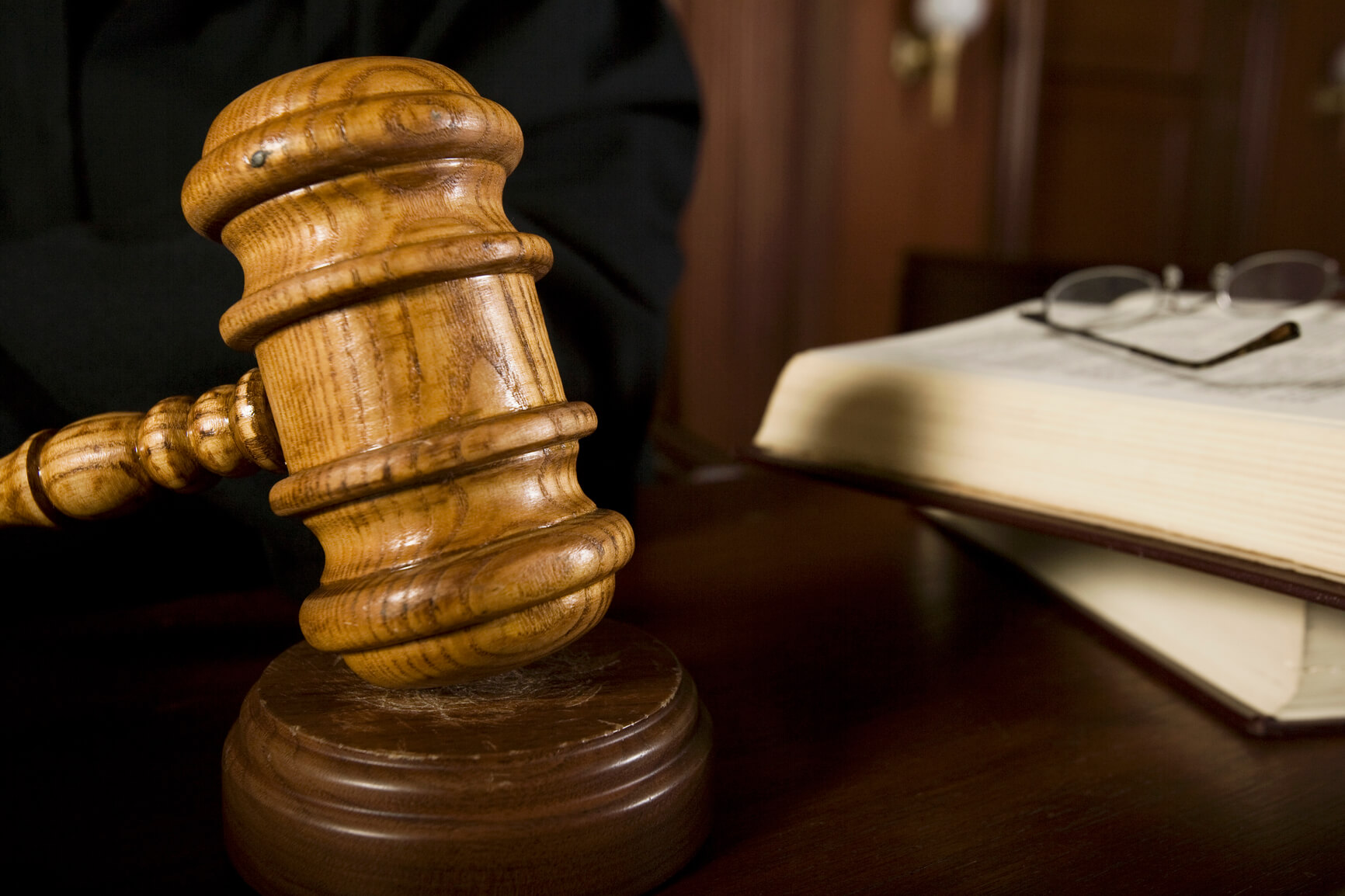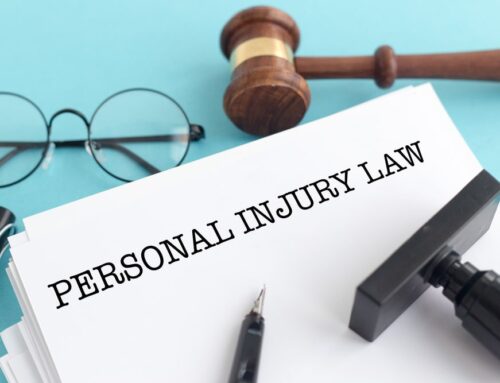Premises Liability Lawyer
There are two intentional torts involving trespass. A premises liability lawyer can support that generally, a trespass refers to the use of another’s property without their permission. The first is trespass on another person’s land and the second is trespass on another person’s personal property, called trespass to chattels.
Trespass to Land
Trespass to land occurs when a person intentionally enters someone else’s property without their permission. The intent required for trespass to land is only the intent to enter the other person’s property. So, if you are not aware that the land you are on belongs to someone else, but you intend to be there, you have committed the intentional tort of trespass to land. Further, if you accidentally cross from your property onto your neighbor’s property, you can be liable for trespass to land.
A trespass can also occur when a physical item, rather than a person, enters the property of another person without their permission. For instance, if someone throws a ball onto another person’s land, they have committed a trespass.
A plaintiff bringing a lawsuit for trespass to land must typically prove that four things occurred:
-
- The defendant entered their land. The defendant does not have to have intended to do so wrongfully and can have entered the land by mistake. Or, the defendant may have entered their land using a physical object, like a ball.
- The land was the property of another. A trespass claim can be brought by any person with a legal interest in the property, such as an owner or a tenant.
- The defendant entered the land without the owner’s consent. Some entries are made with implied consent, such as when a postal worker enters someone’s property to deliver their mail.
- The plaintiff suffered damages as a result of the defendant’s trespass. The defendant’s conduct must have been a substantial factor in causing the harm that the plaintiff suffered.
Some examples of damages that a plaintiff might suffer when another person trespasses on their land include damage to the land itself, the cost of restoring the land, loss of market value, loss of the use of the property, and physical injury to the plaintiff as a result of the trespass.
Trespass to Chattels
The second intentional tort involving trespass is trespass to chattels. Chattel is another word for personal property, such as a computer or a pet. A trespass to chattels occurs when a person interferes with another’s lawful possession of their personal property. Trespass to chattels does not apply to real property or any interest in land.
A plaintiff bringing a claim for trespass to chattels must prove the following elements:
- The defendant intended to interfere with their property. The plaintiff does not necessarily need to prove that the defendant intended to cause any harm but does need to show that they intended to interfere.
- The defendant did so without the owner’s consent.
- The defendant interfered with the plaintiff’s chattel. A person commits a trespass to chattel by (a) dispossessing another of the chattel, (b) using or interfering with the chattel, or (c) damaging the chattel.
Mistake of ownership is not a defense to trespass to chattels. In other words, it does not matter whether the person committing the trespass does not know that the chattel belongs to someone else. As long as the person interferes with or damages another person’s property, they have committed a trespass to chattels.
Some examples of situations where a trespass to chattels occurs are:
- The chattel is impaired in its condition, quality or value;
- The owner of the chattel is deprived of its use for a significant period of time;
- The owner or something in which the owner has a protected interest is harmed.
In a trespass to chattels lawsuit, the plaintiff can recover damages for the diminished value of the chattel that resulted from the defendant’s trespass.





